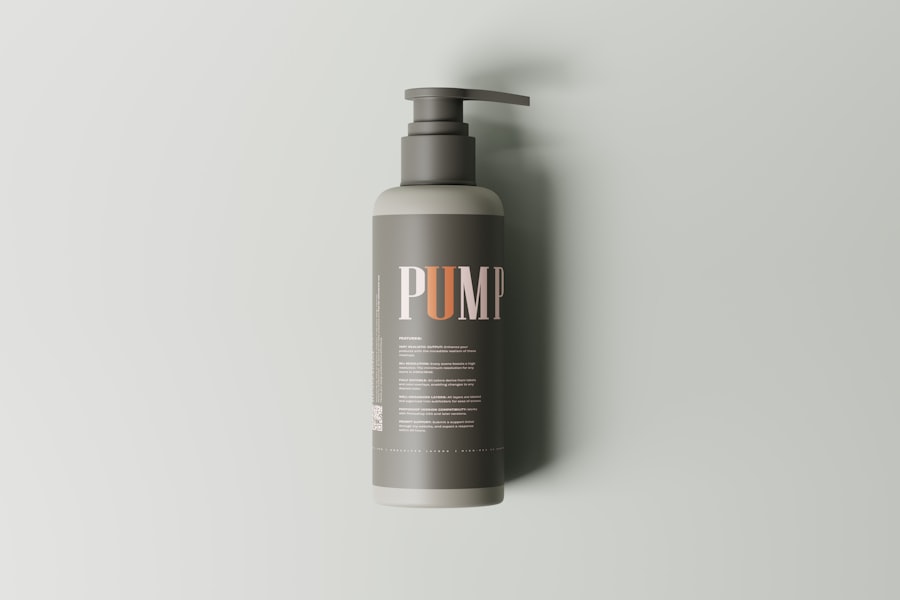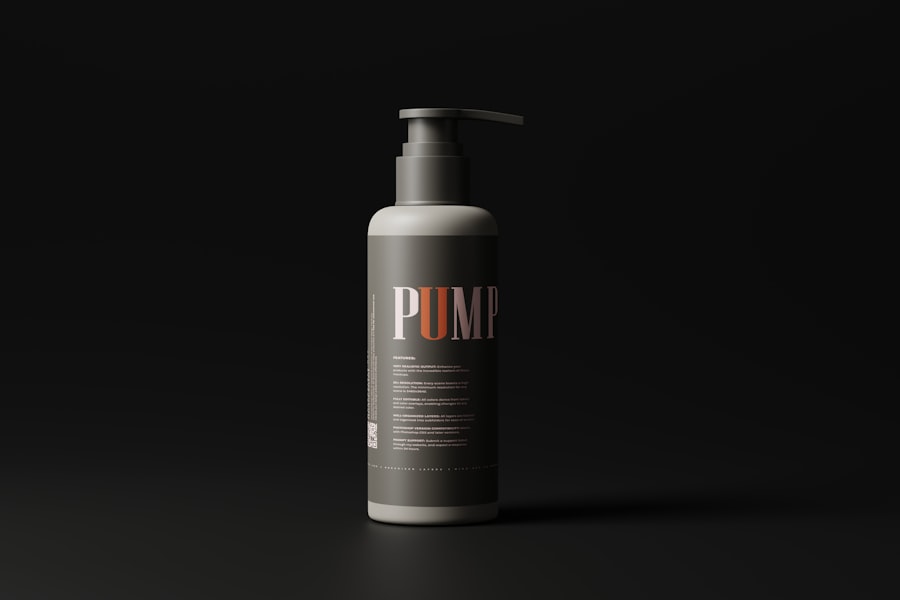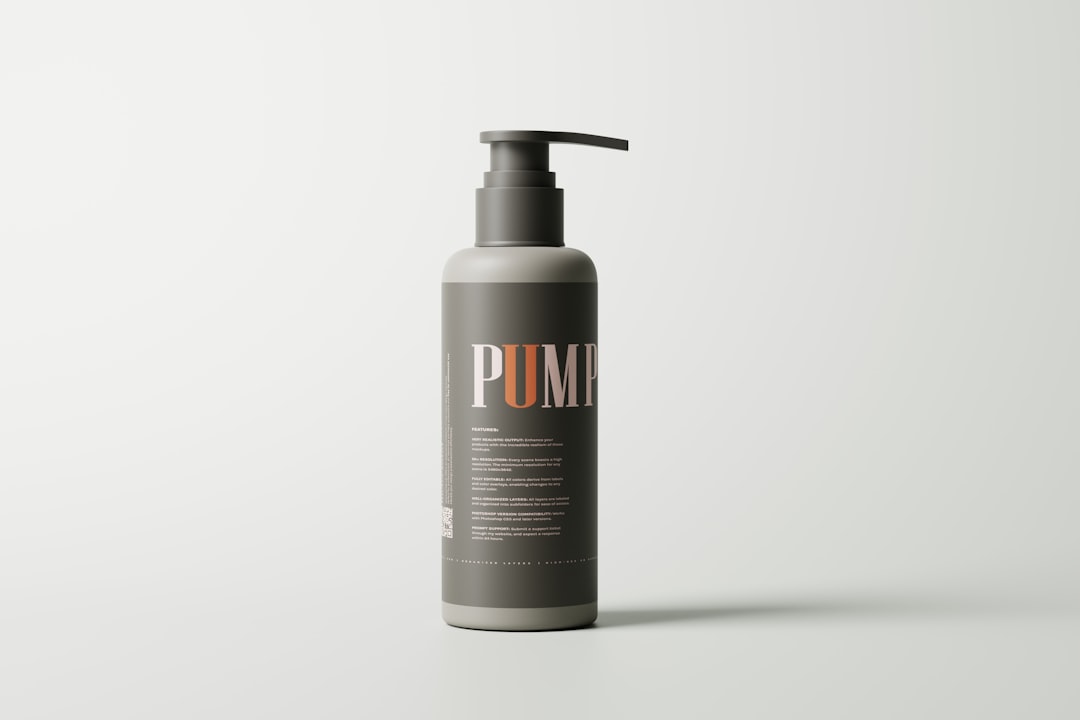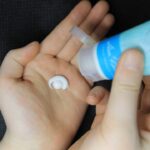When you consider laser hair removal, it’s essential to grasp how the process works. At its core, laser hair removal utilizes concentrated beams of light to target and destroy hair follicles. The pigment in the hair absorbs this light, which generates heat and ultimately damages the follicle, inhibiting future hair growth.
This method is particularly effective for individuals with darker hair and lighter skin, as the contrast allows the laser to focus more effectively on the hair without affecting the surrounding skin. The procedure typically involves a series of sessions, as hair grows in cycles, and not all hair is in the same growth phase at any given time. You may find that multiple treatments are necessary to achieve optimal results.
Each session can last anywhere from a few minutes to over an hour, depending on the area being treated. As you prepare for your first appointment, it’s helpful to understand that while many people experience minimal discomfort, the sensation can vary based on individual pain tolerance and the area being treated.
Key Takeaways
- Laser hair removal targets hair follicles with concentrated light energy to inhibit future hair growth
- Shave the treatment area before the appointment and avoid sun exposure and tanning beds
- Apply aloe vera or cold compresses to soothe any redness or swelling after treatment
- Use sunscreen with SPF 30 or higher and wear protective clothing to shield treated areas from sun exposure
- Keep skin hydrated with gentle, fragrance-free moisturizers and avoid using harsh chemicals or exfoliants on treated areas
Preparing for Laser Hair Removal Treatment
Pre-Treatment Precautions
You may also be advised to avoid sun exposure and tanning products for several weeks leading up to your appointment, as tanned skin can increase the risk of complications.
Proper Hair Preparation
In the days leading up to your treatment, it’s crucial to avoid plucking or waxing the hair in the area you plan to treat. These methods remove the hair from the follicle, which is counterproductive to laser treatment. Instead, shaving is recommended a day or two before your appointment. This allows the laser to effectively target the hair follicle while minimizing any potential surface irritation.
Additional Tips
Additionally, you should refrain from using any topical products that could irritate your skin, such as retinoids or exfoliants. By following these guidelines, you can ensure a safe and effective laser hair removal experience.
Post-Treatment Care Instructions

After your laser hair removal session, following proper post-treatment care is vital for achieving the best results. Initially, you may notice some redness or swelling in the treated area, similar to a mild sunburn. This is a normal reaction and should subside within a few hours to a couple of days.
To soothe your skin, applying a cool compress can be beneficial. You might also want to use a aloe vera gel or a gentle moisturizer to keep the area hydrated and reduce any discomfort. It’s important to avoid hot showers, saunas, or intense workouts for at least 24 hours post-treatment.
These activities can exacerbate irritation and increase sensitivity in the treated area. Instead, opt for lukewarm water when bathing and wear loose-fitting clothing to minimize friction against your skin. If you experience any unusual symptoms or prolonged discomfort, don’t hesitate to reach out to your practitioner for guidance.
Managing Discomfort and Side Effects
| Discomfort and Side Effects | Metrics |
|---|---|
| Number of patients experiencing discomfort | 235 |
| Types of side effects reported | Nausea, fatigue, headache |
| Severity of discomfort on a scale of 1-10 | 6.5 |
| Number of patients requiring intervention | 78 |
While many individuals tolerate laser hair removal well, some may experience discomfort during or after the procedure. If you find yourself feeling anxious about potential pain, it’s helpful to know that most modern laser systems come equipped with cooling mechanisms designed to minimize discomfort during treatment. However, if you’re particularly sensitive, discussing pain management options with your technician beforehand can provide peace of mind.
In addition to discomfort, you may encounter side effects such as redness, swelling, or even slight blistering in some cases. These reactions are typically temporary and should resolve on their own within a few days. To manage any discomfort effectively, over-the-counter pain relievers like ibuprofen can be helpful.
Always follow your practitioner’s advice regarding medication and care after treatment to ensure a smooth recovery process.
Protecting Your Skin from Sun Exposure
One of the most critical aspects of post-laser care is protecting your skin from sun exposure. After undergoing laser hair removal, your skin will be more sensitive and susceptible to sun damage. It’s advisable to avoid direct sunlight for at least two weeks following your treatment.
If you must be outdoors, wearing protective clothing and applying a broad-spectrum sunscreen with an SPF of 30 or higher is essential. Even after the initial healing period, maintaining sun protection is crucial for long-term results. Continued exposure to UV rays can lead to pigmentation changes in treated areas and may hinder the effectiveness of future sessions.
Make it a habit to apply sunscreen daily, even on cloudy days or during winter months when UV rays can still penetrate through clouds.
Hydrating and Moisturizing After Treatment

Moisturizing Essentials
To combat dryness, incorporate a gentle moisturizer into your daily routine. Look for products that are fragrance-free and designed for sensitive skin to avoid irritation.
Hydration from the Inside Out
In addition to topical moisturizers, staying hydrated by drinking plenty of water can also support your skin’s recovery process. Hydration helps maintain skin elasticity and overall health, which can enhance the results of your laser hair removal treatment.
Added Benefits with Hydrating Serums
Consider using hydrating serums or lotions that contain soothing ingredients like hyaluronic acid or aloe vera for added benefits.
Avoiding Irritants and Harsh Chemicals
After undergoing laser hair removal, it’s crucial to be mindful of what you apply to your skin. For at least a week following treatment, avoid using any harsh chemicals or irritants that could exacerbate sensitivity or cause adverse reactions. This includes products containing retinoids, alpha hydroxy acids (AHAs), or beta hydroxy acids (BHAs), which can be too aggressive for recently treated skin.
Instead, opt for gentle cleansers and soothing lotions that promote healing without causing irritation. If you’re unsure about which products are safe to use post-treatment, consult with your practitioner for recommendations tailored to your skin type and needs. By being cautious about what you apply to your skin during this sensitive period, you can help ensure a smoother recovery and better overall results.
Maintaining Long-Term Results
To enjoy long-lasting results from your laser hair removal treatments, it’s essential to adopt a proactive approach toward maintenance. While many individuals experience significant hair reduction after completing their initial sessions, some may require periodic touch-ups to maintain their desired results. These touch-ups are typically less frequent than initial treatments and can help address any regrowth that occurs over time.
In addition to scheduling follow-up appointments as needed, maintaining a consistent skincare routine is vital for preserving the health of your skin post-treatment. Continue using sunscreen daily and keep your skin hydrated with moisturizers suited for your skin type. By prioritizing skincare and staying vigilant about sun protection, you can maximize the benefits of laser hair removal and enjoy smooth skin for years to come.
In conclusion, understanding the intricacies of laser hair removal—from preparation through post-treatment care—can significantly enhance your experience and results. By following these guidelines diligently, you empower yourself with knowledge that not only aids in achieving smooth skin but also promotes overall skin health in the long run.
If you’re looking for more information on laser hair removal aftercare, be sure to check out this article on essential tips for smooth results. This article provides helpful advice on how to properly care for your skin after a laser hair removal treatment to ensure the best possible outcome. You can find the article here.
FAQs
What is laser hair removal aftercare?
Laser hair removal aftercare refers to the steps and precautions that should be taken after undergoing a laser hair removal treatment to ensure smooth and effective results. This includes skincare routines, avoiding certain activities, and protecting the treated area from potential damage.
Why is laser hair removal aftercare important?
Laser hair removal aftercare is important to ensure that the treated area heals properly and to minimize the risk of any adverse reactions or complications. It also helps to maintain the results of the treatment and prevent any potential damage to the skin.
What are some essential tips for laser hair removal aftercare?
Some essential tips for laser hair removal aftercare include avoiding sun exposure, using gentle skincare products, avoiding hot showers and saunas, and keeping the treated area clean and moisturized. It is also important to follow any specific instructions provided by the laser hair removal technician.
How long does it take for the skin to heal after laser hair removal?
The healing time after laser hair removal can vary depending on the individual and the specific treatment. In general, the skin may take a few days to a couple of weeks to fully heal. It is important to follow the aftercare instructions provided by the technician to aid in the healing process.
Are there any activities to avoid after laser hair removal?
After laser hair removal, it is recommended to avoid activities that may irritate or damage the treated area, such as excessive sun exposure, hot showers, saunas, and strenuous exercise. It is also important to avoid picking or scratching the treated area to prevent any potential complications.





